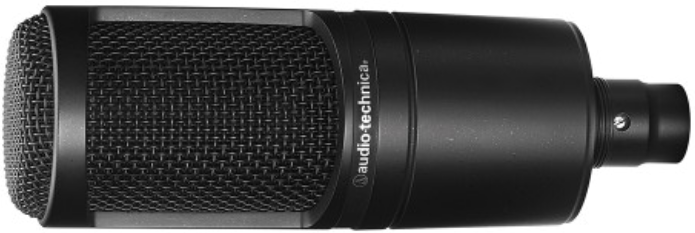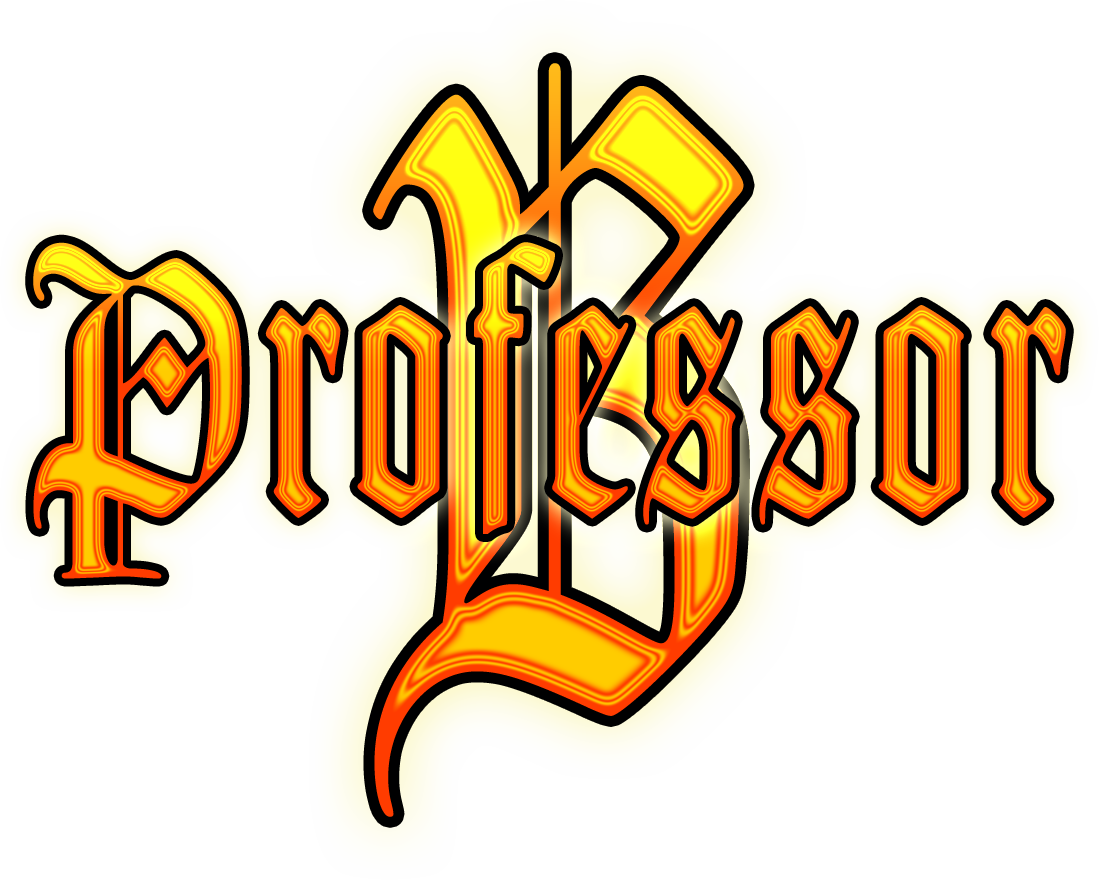Production - Equipment
Equipment is one of the things that will continually evolve but don't be fanatical about it. There are very few upgrades that are going to make you suddenly sound a million times better if you already have the fundamentals.
It is very common for a newby to keep making excuses that he can't do such and such a thing because he needs some piece of equipment he saw someone using on the internet. Even if this is the case, what he should be doing is using what he has and pushing it to its limits so as to gain the experience necessary to get the most out of the better equipment once he can afford it.
It's often what you do with the equipment you have, rather than the equipment itself, that really counts. There are exceptions to this of course and I certainly would like to upgrade a few things! But once you get to a certain stage, worthwhile upgrades become significantly more expensive so it's sometimes best to just concentrate on getting the best out of what you have and using it wisely.
Computer System

This is one of the most important things if you want to get into production.
I am still amazed at the amount of CPU power that is required in the latter parts of the mix process.
Even though I have quite a powerful computer (iMac Retina 5, 27-inch with 4GHz Intel Core i7 and 32GB 1600MHz DDR3 memory), I still can't run some of my latest projects with all tracks switched on. This kind of problem usually occurs in the later part of mixing when you have introduced lots of delay effects with feedback - then I can easily max out all 8 CPU cores. Unfortunately this means that there is a lot of tweaking between the mixing and mastering phases (which I keep separate from each other). You live and learn though and discover that you have to make the most of the pre-effects phase of the mixing process before adding the processor intensive stuff.
Interface

The next thing in the chain is the interface. As its name suggests, it is the interface between the computer and the outside world - providing quality input(s) and output(s).
I currently use the Universal Audio Apollo Duo Interface. I used this throughout the second album. During the first album I was using a Focusrite Scarlet 8i6. The upgrade to the Apollo was a major upgrade in recording and playback quality.
The Apollo also provides the ability to use Universal Audio's high quality plugins inside the interface itself (instead of using your computer's CPU). Connections are made, in my case, using high-speed Thunderbolt.
Another great thing about the Apollo is their Unison technology that allows certain plugins to interface with the hardware when recording in a way that makes them interact the same as the equivalent hardware version would in terms of its impedance/load characteristics. This makes a big difference when using microphones and even guitars going into the high-Z input into a Unison enabled effects like Raw or some of the amp emulators. Unison enabled channel strips such as Neve, API, Manley, UA are also available.
Satellites


It is also possible to expand the Apollo's ability to run plugins externally by adding what they call Satellites. I currently have two Quad Satellites. These connect in series from the Thunderbolt output of the Apollo.
Some of the UAD plugins take up a tremendous amount of processing power as most are emulations of classic studio hardware and so would be impossible to run using your computer's CPU in a large mix scenario.
Headphones


I take my headphones very seriously because I use them much more than my monitors (speakers). Many would say that it should be the other way around but I record and mix mainly at night in a room that is not soundproofed and in a house that is occupied by my kids; so using headphones over monitors is a necessity for me at the moment.
You should consider at least 2 pairs of headphones in a studio setting.
One pair should be for recording (also known as tracking). These particular headphones should be closed-back headphones. These are the ones you will use when recording through microphones when you play or sing along to a mix or tempo track etc. They are closed-back so that the least amount of noise escapes from them and gets picked up by any microphones - thus providing maximum isolation. Closed back headphones suffer from lack of low-end definition but the name of the game here is isolation.
The headphones I use for tracking are the Beyer Dynamic DT150.
The second pair are usually open or semi-open back and provide much higher audio quality. These are used when mixing or when recording direct-input instruments. I used to use Beyer Dynamic DT880 Pro headphones. These are very true over a wide audio range and I found them extremely comfortable. I recently replaced these with the much superior Audeze LCD-X headphones which are very efficient and use planar magnetic technology. These have really improved my monitoring capabilities when mixing as they give a much truer representation of the audio signal than any other ones I have tried.
I also use a couple of cheaper headphones that I use around the house and for comparison purposes. There is one in particular that I use the most and they are far from perfect but that's one of the reasons I like them - they over-exaggerate the bass frequencies (like a lot of modern headphones) and are wireless. I know that if I can tame the bass on these that I'm ok. In fact every member of my family has a pair of these, and they all sound slightly different.
Microphone

This is one area that I really would like to expand. I only have the one microphone and I use it for all recording. Fortunately, I think I chose wisely and it is a good all-rounder. Mine is an Audio Technica 2020. It is a good all-round budget microphone (I would avoid the USB version if you have a good interface to plug it into).
All microphones have a sound of their own and are suited to recording different types of audio and voices. There are also different 'types' of microphone that are best suited to different applications and environments.
Mine is a condenser microphone and requires a power supply. Fortunately my Apollo interface provides phantom power through the microphone connector. Condenser mics are usually considered the most versatile of studio mics and if you only have one, like I have, it should be a condenser (in my opinion). I use mine in a cradle that is designed to reduce vibration. Unfortunately I don't currently have any other form of isolation and have to use the mic in the same room as my computer. I intend at some point to at least buy something that surrounds the mic while in use.
Monitors

I don't use my monitors anywhere near as much as I should. I rely mostly on headphones. The reason behind this is simply down to personal circumstance and the fact that I do most of my audio work at night, in the loft, and simply don't want to wake the kids!
It is imperative, however, that I DO listen to my music at some point on my monitors - especially during the mastering phase.
I use a pair of Yamaha HS8 monitors.
The fact is that you should listen to your music on as many sources as possible.
As you are learning (as I still am), you can easily convince yourself that something sounds really good on one system and there is nothing more to be done. Listen to it in the car, however, and your assumption can be so easily changed and make you feel altogether useless. The more you stick with it, however, the better things become and you will start to make better mix decisions at earlier stages.
If you look in a professional recording studio you will probably find at least 3 pairs of very different speakers and this is so that mixing decisions can be made that suit a wide variety of real-world target sound systems.
